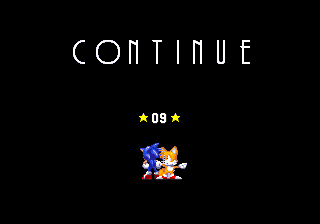Before you read this, I challenge you to take 5 minutes and play a round of Tetris.
Play at level 1 and then play up as high as you can. How far did you get?
Really think about your experience playing the iconic block builder and anxiety inducer and think about how this relates to teaching. Kids can't focus on a book for 5 minutes but can play Call of Duty for 8 HOURS?! What's Captain Price have that I don't have? (Apart from an Apache, a nuclear submarine, the most b-a skills ever, and a cool accent.)
Pretty colors and flashing lights! Video games use motion, colors, graphics, sound and music to fully immerse you in the experience. Our lessons and presentations need to find ways to fully immerse kids in the content through multiple entry points of sights, sounds, and interactive experiences. Good news is you have tech in your classroom! Pretty colors and and flashing lights come standard. (Check out UDL, blended learning or Dave Burgess' "Teach Like a Pirate.")
Difficulty settings from Noob to Epic Rage Mode. Video games give kids the opportunity to set things at their difficulty level. They get the same exciting, interactive experience, but can BE SUCCESSFUL with an appropriate amount of challenge. The difficulty level can change based on a players skill level, but regardless of your ability, plays through the same story. I don't know about you, but this sounds a lot like differentiated instruction in pure form.
Constant and consistent feedback and support. Video games constantly give the players feedback. False step, and your character dies. Make a critical mistake and it's game over. Each level has objectives and criteria that has to be met before you can move on. And the best part is you get to try again. Kids need many ways to show what they know and try again when they make a mistake. Each time you start over, you have one piece of information you didn't before and you use that to do a little bit better. At the end of each level there's a moment of pause for you to savor your sweet success and watch the points rack up. How often do we celebrate everyday success? Not enough. Give kids constant feedback every step of the way. You can't wait until the end of the level to tell them they forgot something and failed.
Hey! Listen! While Legend of Zelda Link's fairy familiar Navi got annoying sometimes, that little bugger came through in a pinch when you were stuck, or there was some future roadblock you'd be unaware of without him. The right amount of feedback, support, extra tips and advice when you needed it, but stands back and let's you do the fighting. Kids need us to be their Navi, but we can't take the reigns for them. They need to learn how to do new things and fight their battles. The master sword responds to one wielder, and it ain't the tiny fairy! So stand back, let the kids experience, experiment, make mistakes and learn! To quote a friend from an environmental outdoor school "the more you talk, the more you get in the way of the real learning." Now, we obviously need to talk. But could our teaching and their learning improve if we "talked" a bit less, and guided a bit more? Just chimed in when challenges were ahead?
You, as the teacher, are the game designer. Is your video game one that kids will want to play? Is your video game one that kids can use to learn and be successful?





No comments:
Post a Comment
Add your own ideas, thoughts, improvements, and feedback here.